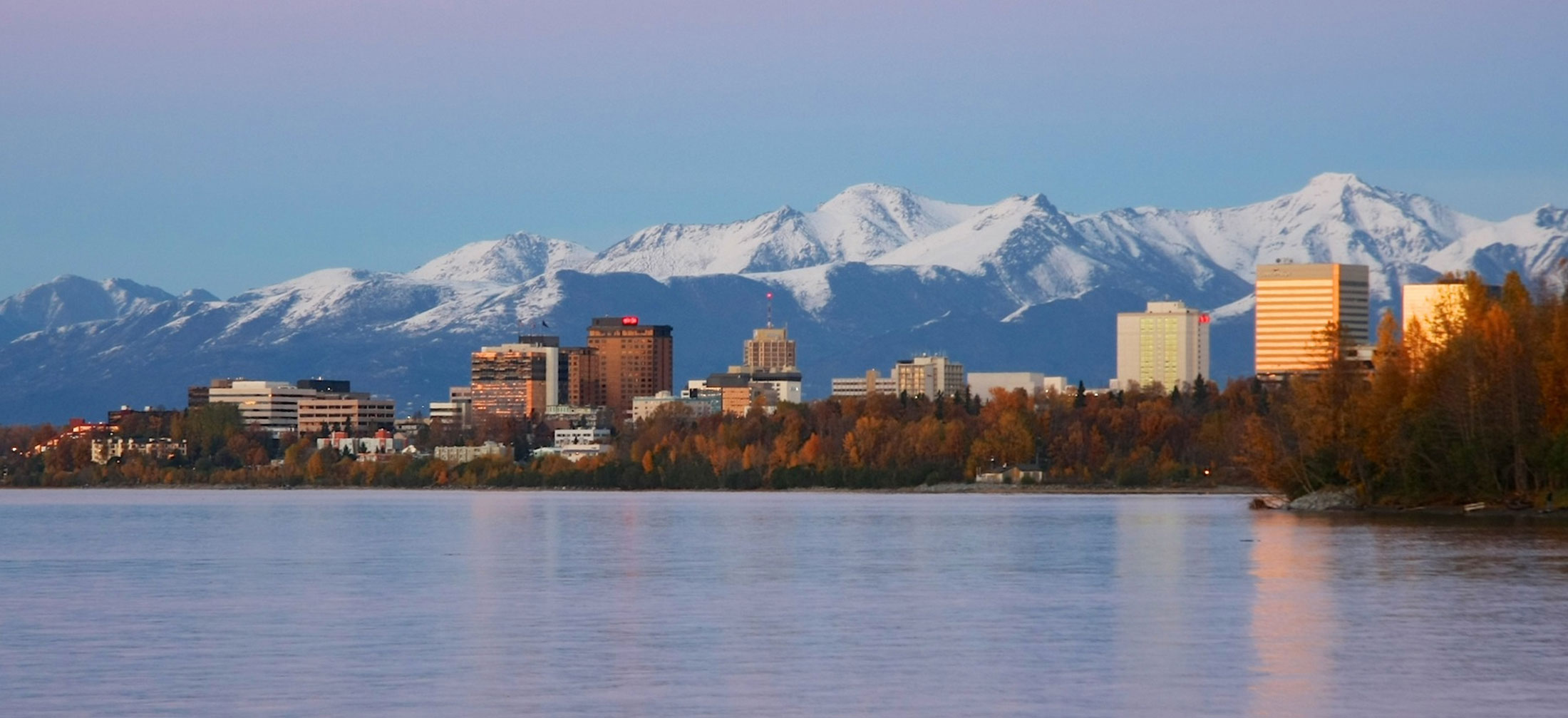Rural schools face unique challenges when it comes to providing high-quality education environments for students. Limited tax bases, declining enrollments, and geographic isolation can all contribute to difficulties in maintaining and upgrading school facilities in rural communities.
As part of Marzano Research’s “What would you do with $10M to improve rural schools?” series, I reached out to Dr. Tracey Edou. Edou is the superintendent of Cascade School District #228 in rural Washington and works with Marzano Research as part of REL Northwest’s Washington Rural Alliance for Blending Learning partnership. The partnership is focused on supporting the needs of Rural Alliance member districts seeking to select, implement, and evaluate tech-enhanced learning opportunities for their students.
As a former rural student who now has over 30 years of experience in education, including 5 years leading her current district, Edou has a deep personal and professional perspective on the needs of rural schools.
Improving outdated facilities

Dr. Tracey Edou
Edou’s top pick for allocating $10 million aimed at supporting rural education is improving school facilities. In her view, deficient buildings and grounds are one of rural schools’ most pressing problems.
“Many rural school districts have degrading buildings and are unable to pass bonds in order to get them renovated or rebuilt,” she said.
Edou explained that the root cause of this facilities crisis is that school construction and renovation depend heavily on local property taxes.
“In rural areas, a lot of times, the local taxpayers are unable to foot these kinds of bills,” said Edou.
Partial funding support from the state helps, Edou acknowledged, but doesn’t fully address the gaps.
Funding efforts
Edou pointed to a recent Washington court case which underscores the inequities facing rural, low-income districts under current state rules. Wahkiakum School District, a tiny district of under 500 students, was unable to pass local bonds to qualify for state matching funds to build and upgrade facilities.
As a result, the district sued the state, arguing that the constitution’s mandate to amply fund education should require full state funding of capital projects. However, the state Supreme Court unanimously dismissed the case, ruling that districts and the state must share facility costs.
While this specific legal case was dismissed, the fight for equitable rural school funding in Washington is ongoing, with some lawmakers proposing changes to make it easier for such districts to access state construction aid.
In the meantime, the impacts of outdated or inadequate facilities take many forms. Edou drew attention to safety concerns in old buildings as well as lack of accessible playgrounds and sports fields—issues that detract from the learning environment and student experience.
How much is needed?
While $10 million would only begin to tackle the extensive facility needs, Edou said it could be a start for certain districts.
So how much would it take to fully fund the changes needed? Edou said Wahkiakum needs $70 million to build new facilities, for example. Even if they were just to renovate the facilities rather than replace them, she estimated it would cost about $35 million with the state only providing $6.7 million to assist.
As for a positive example, she said Cascade School District was recently “lucky enough to receive enough community support to pass a bond for $69,500,000 in 2015 to upgrade or replace three schools.”
However, other rural districts haven’t been as fortunate.
“In the February 2024 election, there were 21 bonds on the ballot in Washington and only 7 passed,” said Edou.
A safe, welcoming learning environment
To make the case for investing in rural school facilities, Edou’s message is direct: “Every student, no matter where they live, has the right to learn in a safe and welcoming environment. Right now, many rural communities are unable to find this on their own and need help.”
Edou’s insights reinforce that the inequities faced by many rural schools extend to the physical spaces where teaching and learning happen each day. Targeted facilities investments could pay dividends in improving rural education.
Even when budgets are limited, transformative change can still happen through creativity and collaboration. Our goal at Marzano Research is to turn your education dreams into reality. With expertise in rural education as well as early education, school improvement, and classroom practice, we’re ready to bring sustainable, evidence-backed solutions to rural districts and schools. Reach out to our rural practice leaders, Caitlin Scott or Steven Tedeschi, to learn more.
About Dr. Tracey L. Edou
Dr. Tracey L. Edou has extensive experience in educational leadership roles, including her current position as superintendent of Cascade School District #228 since 2019. She served as president of the North Central Washington Superintendents Advisory Council and is on the board of the Washington Association of School Administrators (WASA). Previously, Edou held executive roles overseeing teaching and learning initiatives for Oak Ridge Schools in Tennessee. In addition, her past professional experiences include classroom teacher, math coach, and Peace Corps volunteer. She also participated in the prestigious Einstein Fellowship program for STEM educators and managed science education programs at Oak Ridge Associated Universities. Edou is originally from Washington State, attended elementary school in Chimacum, and graduated from Mariner High School in the Mukilteo School District. She earned her bachelor’s degree in math, a master’s in math education, and a doctorate in educational leadership. Her interests span STEM education, organizational improvement, professional development, and increasing opportunities for students.
Sources
Cornfield, J. (2023, September 8). WA Supreme Court says state isn’t responsible for 100% of school construction costs. Washington State Standard. https://washingtonstatestandard.com/2023/09/07/wa-supreme-court-says-state-isnt-responsible-for-100-of-school-construction-costs/




